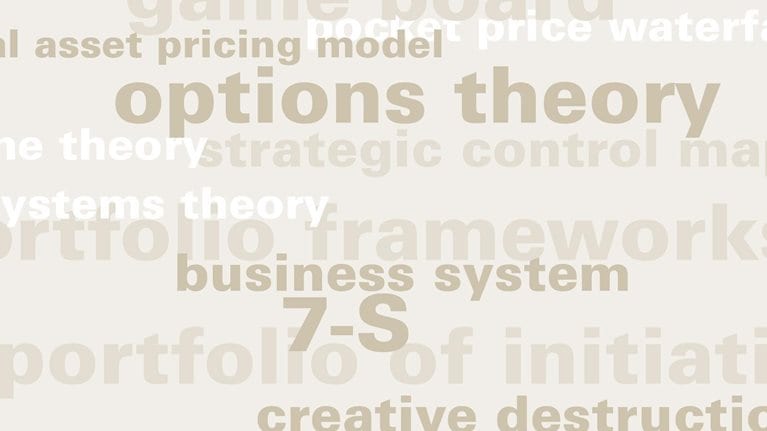Business strategy involves an integrated set of actions designed to help companies gain sustainable advantage over competitors. The business system is a framework that allows a company to formulate the set of actions most likely to achieve this advantage. First introduced in a McKinsey staff paper in 1980,1 the business system was later presented to the public by McKinsey’s Fred Gluck,2 who stressed its usefulness in forming strategy. In 1985, Harvard’s Michael Porter introduced a similar framework—the value chain—and cited the business system concept in the book Competitive Advantage.3
The business system charts all the steps involved in creating and delivering a company’s product. At each link in the chain, from product development to sales and service, managers have a choice of how to conduct business. From a strategic point of view, the most important assessment is how the choices made at each step reinforce the company’s overall value proposition and, hence, its competitive advantage. The word system in business system emphasizes the importance of aligning conduct at every step with the value proposition.
To develop improvements to any one link, managers can ask a series of open-ended questions about current practices and alternate possibilities: How does the company perform at this stage? Is there a better way? How do competitors behave? Who achieves lower costs—the company or its competitors? By varying the questions, examining scenarios, and evaluating all in light of the company’s total strategy, a company can discover new strategic moves to make within an existing business—for example, whether to expand or diversify. When used to evaluate acquisitions, the framework forces managers to look for synergies between the target’s own activities and the company’s current business system.
A surprisingly simple concept, the business system continues to be a serviceable tool. Deeper examination of current conditions and potential changes at each stage can reveal the forces likely to shape a business over time—and the competitive capabilities required to meet them.
